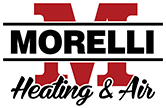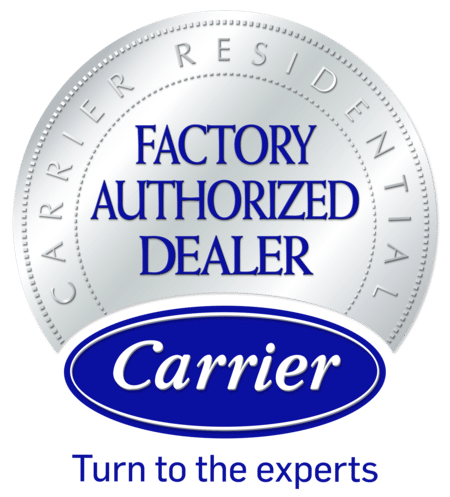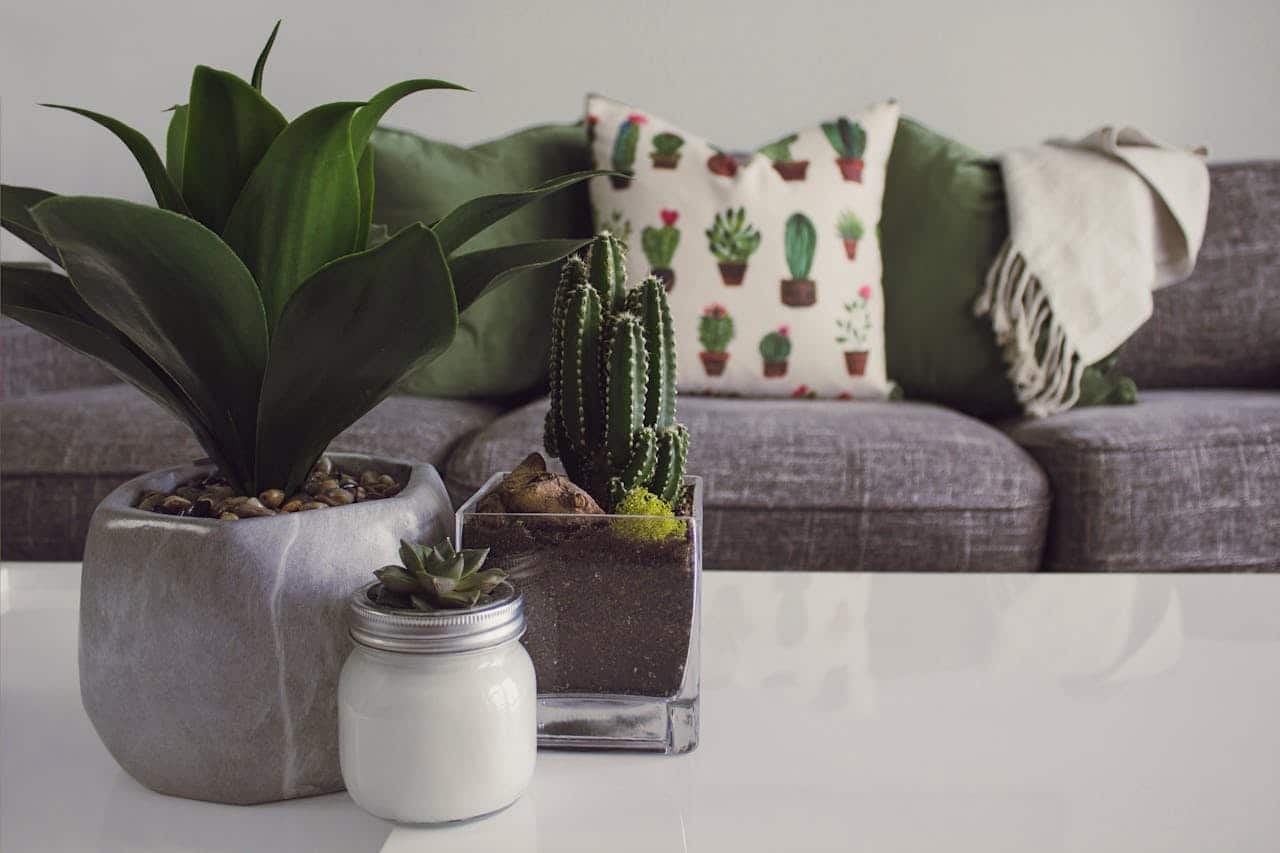Ensuring good indoor air quality (IAQ) is crucial for maintaining a healthy living environment. Poor IAQ can lead to respiratory issues, allergies, and other health problems. In this detailed guide, we’ll explore common reasons for air pollution in homes, methods to check and improve air quality, and the role of air purifiers in maintaining clean indoor air.
Common Reasons for Air Pollution in Homes
Understanding the sources of indoor air pollutants is the first step toward improving IAQ. Common contributors include:
- Dust and Allergens: Dust mites, pollen, pet dander, and mold spores can accumulate indoors, especially in carpets, upholstery, and bedding.
- Volatile Organic Compounds (VOCs): Found in household products such as paints, cleaning supplies, pesticides, and building materials, VOCs can emit gases that affect air quality.
- Tobacco Smoke: Secondhand smoke contains harmful chemicals that linger in the air and can be particularly harmful to children and non-smokers.
- Poor Ventilation: Inadequate ventilation leads to stagnant air, trapping pollutants indoors and reducing fresh air circulation.
- Mold and Mildew: Moisture-prone areas like bathrooms and basements can harbor mold, releasing spores that degrade air quality.
How to Check Air Quality in Your Home
Monitoring IAQ helps identify potential issues and measure improvements. Here are practical ways to assess air quality:
- Indoor Air Quality Monitors: These devices measure levels of pollutants such as particulate matter (PM2.5), VOCs, carbon dioxide (CO2), and humidity. They provide real-time data and alerts for unhealthy conditions.
- Air Quality Testing Kits: Available for purchase, these kits can test for specific pollutants like mold spores or radon. Some kits provide results that can be sent to laboratories for detailed analysis.
- Professional Assessments: HVAC professionals or indoor air quality specialists can conduct comprehensive assessments, including ventilation inspections and pollutant testing.
What to Do When Air Quality Is Poor
Addressing poor air quality promptly is crucial for maintaining a healthy home environment. Here are steps to take when IAQ is compromised:
- Increase Ventilation: Open windows and doors to increase airflow, especially when outdoor air quality is better than indoors.
- Use Air Purifiers: Deploy air purifiers equipped with HEPA filters to capture airborne particles and pollutants effectively.
- Control Humidity: Maintain indoor humidity levels between 30-50% to discourage mold growth and improve comfort.
- Regular Cleaning: Vacuum carpets and upholstery with a HEPA-filtered vacuum cleaner. Clean bedding, curtains, and other fabrics regularly to reduce dust accumulation.
- Eliminate or Control Sources: Address specific sources of pollution like smoking indoors, using harsh cleaning chemicals, or storing chemicals improperly.
How Air Purifiers Help Maintain Good Air Quality
Air purifiers are instrumental in removing contaminants from indoor air, contributing significantly to better IAQ:
- Particle Removal: HEPA filters in air purifiers capture particles as small as 0.3 microns, including dust, pollen, pet dander, and mold spores.
- VOC Reduction: Some air purifiers include activated carbon or charcoal filters that absorb VOCs and odors from household products and activities.
- Allergy and Asthma Relief: Effective air purification reduces allergens and irritants, providing relief for allergy and asthma sufferers.
- Continuous Filtration: Air purifiers operate continuously, cycling air through filters multiple times per hour, ensuring consistent pollutant removal.
Choosing and Using Air Purifiers Effectively
When selecting an air purifier for your home, consider the following:
- Room Size: Choose a purifier that matches the square footage of the room for optimal performance.
- Filter Type: HEPA filters are highly effective for allergens, while additional filters like activated carbon or ionizers can address specific needs like odor control.
- Maintenance: Regularly replace filters according to manufacturer guidelines to maintain efficiency and effectiveness.
Conclusion
Improving indoor air quality requires a multifaceted approach that includes identifying sources of pollution, monitoring air quality, and implementing effective solutions like ventilation and air purification. Air purifiers play a vital role in maintaining clean indoor air by removing pollutants and allergens, contributing to a healthier and more comfortable living environment for you and your family.
For personalized recommendations on improving IAQ or selecting the right air purifier for your home, consult with HVAC professionals in Charleston or indoor air quality specialists. Investing in cleaner indoor air is an investment in your family’s well-being and quality of life.









Excellent! Please Rate us 5-stars
...and leave a helpful review.
Would you recommend Morelli Heating and Air?